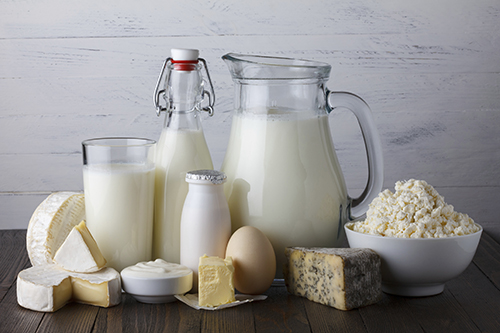
The author is a research assistant extension professor in the department of agricultural and applied economics at the University of Missouri.
Milk and dairy product prices generally have been on a fast rise since early summer.
U.S. wholesale cheese prices averaged $1.32 per pound in May 2016 and have climbed to near $1.80 per pound. Wholesale butter prices fell below $2 per pound in March 2016 but have recovered to $2.20.
As global milk supplies better align with demand, higher prices are beginning to emerge around the world. Milk production is anticipated to decline in Australia, New Zealand, and Argentina this year.
However, this optimism resulting from lower global production must be tempered by large stockpiles of products, especially skim milk powder.
Although global prices have risen, these values remain well below U.S. dairy product prices. Oceania wholesale butter prices are about $1 below U.S. butter prices per pound but 25 cents more than at the beginning of 2016. Oceania cheese prices are about 35 cents per pound below U.S. cheese prices compared to less than 10 cents in early 2016.
The global supply and demand fundamentals certainly support the direction of the rebound in U.S. milk and dairy product prices. However, risk and volatility remain due to large stocks of products and U.S. cheese and butter prices that are well above global levels.
With all this said, is now the time to look at price risk management options?
Many Class III futures contracts have gained well over $1 per hundredweight in the last six weeks, giving higher prices to lock in. As the answer to the question lies more with the financial situation of each individual farm and less with future price forecasts, producers should ask themselves how much risk their operation can handle.
If today's milk prices cover production costs but a price drop makes covering costs difficult, then locking in a portion of future milk prices may prove useful. An operation should know their bottom-line cost in making this decision as locking in a loss is not a good long-term decision.
Despite the optimism in dairy markets over the last month or two, downside risk still remains. The rearview mirror reminds us of the tough times dairy farmers have just come through. Don't forget to consider looking through the windshield to manage future downside risk in the current rising market envrioment.
(c) Hoard's Dairyman Intel 2016
August 15, 2016








